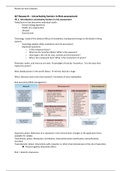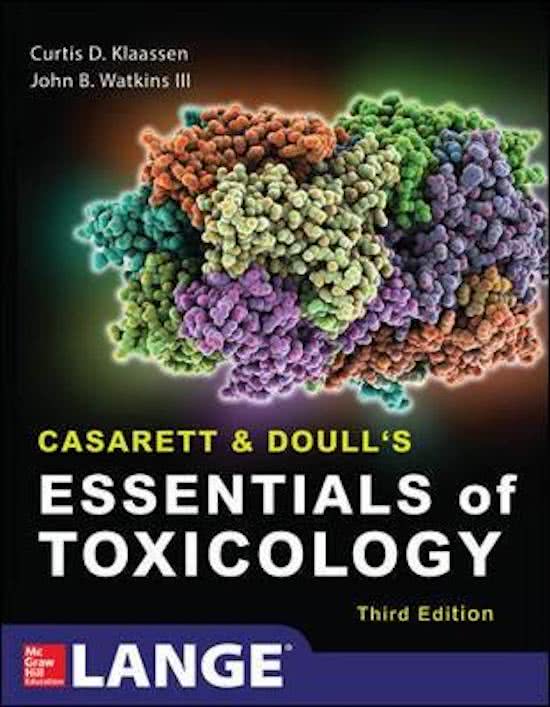Samenvatting
Summary Research Q7 - Uncertainty factors in Risk Assessment
- Instelling
- Radboud Universiteit Nijmegen (RU)
(Extended) Summary Research Q7 - Uncertainty factors in Risk assessment including all lectures, self study assignments and a COO Hazard Identification (E-learning).
[Meer zien]





